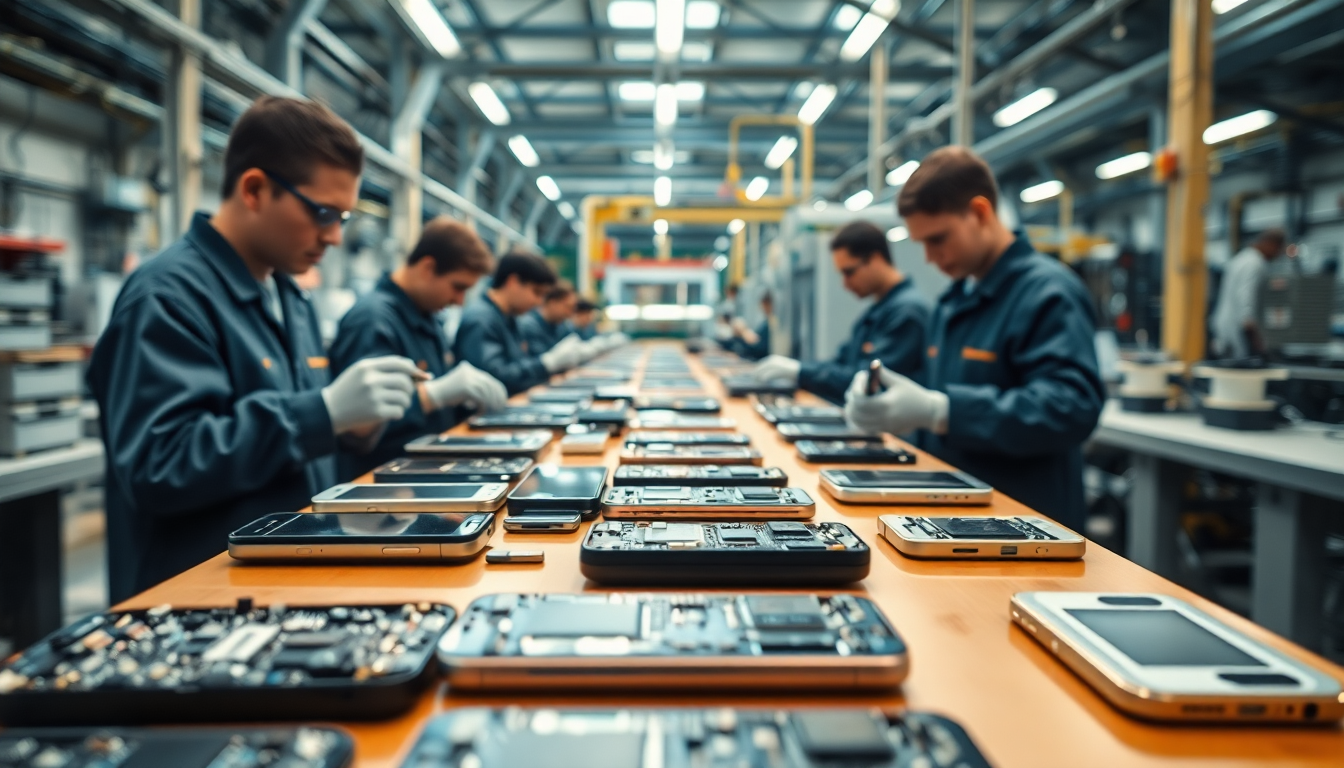Table of Contents
The global smartphone market has been under China’s influence since 2011, and it continues to lead the way in manufacturing, contributing a significant share to the world’s production capacity. However, there’s a new contender on the scene: the Trump Mobile T1 smartphone, which touts itself as designed and built in the United States.
But as supply chain analysts dig deeper into these claims, the questions surrounding the actual manufacturing processes—and what they mean for the market—are becoming hard to ignore.
The Landscape of Smartphone Manufacturing
China isn’t just the largest smartphone market; it’s the heart of global smartphone manufacturing.
It’s estimated that between 60% and 80% of the world’s smartphones are produced there, with a large chunk of the components coming from its factories. Take Apple’s iPhones, for example: out of the 187 suppliers for its parts, about one-third are based in China.
This dominance raises important questions about supply chains and whether it’s truly feasible to manufacture smartphones outside of Asia.
Enter the Trump Mobile T1, which is a fascinating case in this landscape. Marketed as a luxury smartphone encased in gold, it flaunts features like a stunning 6.78-inch AMOLED screen, advanced facial recognition technology, and a powerful 50 MP camera.
Yet, the company hasn’t disclosed any details about its chip supplier, which raises eyebrows among industry experts regarding the authenticity of its manufacturing claims. Without clear information on where its components are sourced, the credibility of the brand’s assertion that it’s assembled in America comes into serious question.
Challenges for New Entrants in a Saturated Market
The smartphone market is a fiercely competitive arena, with established brands firmly holding consumer loyalty. Trump Mobile is trying to carve out its space with a subscription service called the 47 Plan, priced at $47.45 a month—a clever nod to Donald Trump’s two presidential terms.
Instead of starting a new cellular network from scratch, this plan takes advantage of existing infrastructures from major carriers like T-Mobile, Verizon, and AT&T. This strategy reflects a growing trend among newcomers looking to leverage available resources to compete effectively.
But the hurdles are significant. One major challenge is the limited number of AMOLED producers outside of Asia. Experts point out that global AMOLED production is mostly in the hands of South Korean and Chinese manufacturers, with five of them located in China alone. This reliance on Asian manufacturers complicates the narrative for brands claiming to be American-made since sourcing essential components locally is a daunting task.
Market Implications and Future Trends
The implications of these manufacturing dynamics stretch far and wide. The smartphone market operates on a delicate balance of innovation, production efficiency, and consumer demand. As new players like Trump Mobile attempt to find their niche, they have to navigate a complex web of supply chains that often lead back to Asia. This reality not only influences pricing strategies but also shapes how consumers perceive brand authenticity and value.
Looking ahead, the smartphone market is poised for continued evolution, with ongoing tech advancements and shifting consumer preferences. New entrants will need to focus on standing out with unique selling propositions and innovative features while also tackling the challenges posed by supply chain dependencies. As the industry progresses, the ability to adapt and respond to these dynamics will be key to thriving in this competitive landscape.





